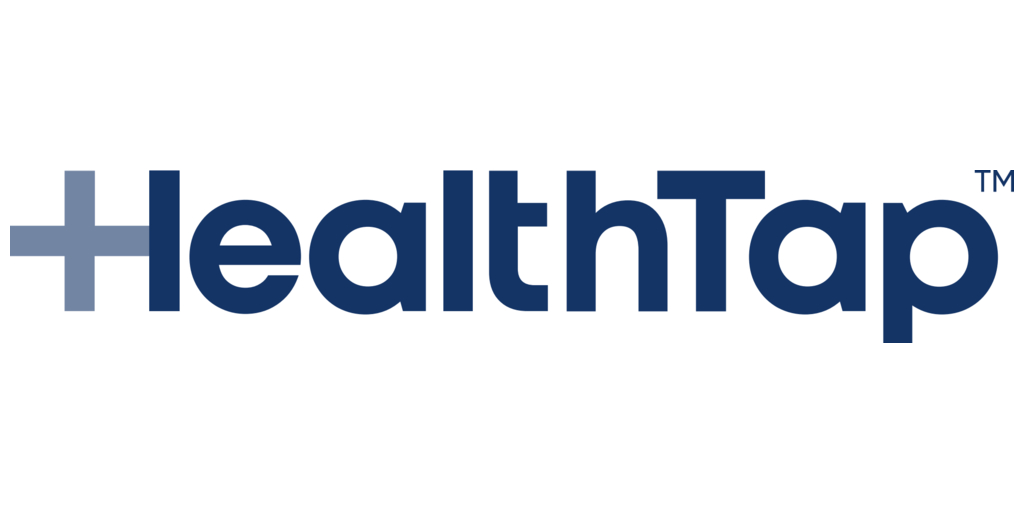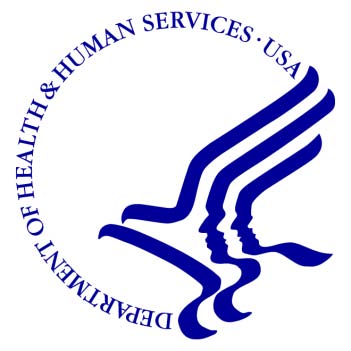HIT Consultant – Read More

The COVID-19 pandemic catalyzed a rapid and necessary transformation in the delivery of healthcare services, especially for vulnerable populations with opioid use disorder (OUD). Regulatory flexibilities introduced during the early months of the pandemic permitted telehealth-based initiation and maintenance of buprenorphine treatment without the requirement for an in-person visit. These changes created a unique natural experiment to assess whether remote care could maintain or even improve patient outcomes in addiction treatment.
A 2025 study by Winters and Walter¹ provides compelling evidence that telehealth not only expanded access to buprenorphine, but also significantly improved retention in care—arguably the most important predictor of recovery and reduced overdose risk. In their retrospective cohort study of patients with OUD at a large federally qualified health center (FQHC), patients who had at least one telehealth visit were three times more likely to receive buprenorphine than those without telehealth access (OR = 3.2, CI: 2.1–5.0). Among those who initiated treatment, patients with telehealth exposure had nearly twice the retention in buprenorphine care (average 6.8 months vs. 3.7 months; HR = 2.7, CI: 1.8–3.9). These findings validate the utility of remote engagement strategies in improving OUD treatment adherence and outcomes.
Although this study focused on telehealth via synchronous video or audio encounters, it has important implications for the emerging field of digital health, particularly Remote Therapeutic Monitoring (RTM) platforms designed to sustain engagement and monitor medication adherence between clinical encounters. RTM leverages patient-reported data—such as mood, medication adherence, cravings, and withdrawal symptoms—collected via mobile apps or connected devices. This information can be used to tailor interventions in real time, support adherence to medication for opioid use disorder (MOUD), and notify providers of potential relapse risks.
What the Winters and Walter study illustrates is that maintaining a consistent connection with patients outside traditional office settings is a powerful mechanism to improve retention. RTM platforms take this a step further by embedding daily monitoring and asynchronous communication into patients’ lives, providing a form of “digital tethering” that promotes accountability and offers clinicians early signals when intervention is needed. While the authors did not examine RTM explicitly, their findings suggest that any modality enabling sustained contact, especially when barriers to in-person care exist, can significantly enhance retention and outcomes.
Indeed, growing evidence supports the effectiveness of digital interventions in chronic disease management more broadly. In diabetes, hypertension, and depression, remote monitoring tools have been shown to increase medication adherence, reduce hospitalizations, and improve self-efficacy. The same principles apply to OUD: adherence to buprenorphine or other MOUD is directly correlated with reduced illicit opioid use, lower overdose risk, and improved social and occupational functioning. Digital health platforms that capture and respond to behavioral data can reinforce adherence patterns and address lapses early.
Moreover, the benefits of RTM are likely to extend to other chronic illnesses where medication adherence is strongly linked to clinical outcomes. For example, individuals with chronic pain—especially those on long-term pharmacotherapy—often experience challenges related to adherence, dosing consistency, and functional monitoring. RTM platforms that track symptom fluctuations, pain severity, medication usage, and activity levels can facilitate more personalized and responsive care. By identifying trends and providing timely interventions, RTM has the potential to improve both the safety and effectiveness of chronic pain management, just as it does for OUD. The same framework could be adapted to other conditions requiring ongoing therapeutic adherence and behavioral engagement, such as asthma, heart failure, or migraine.
RTM also fills a critical gap in continuity of care. Patients with OUD often face logistical, financial, and social barriers to attending frequent in-person appointments. This can be especially true in rural areas, carceral systems, or among populations experiencing homelessness. RTM allows for continuous engagement without requiring constant physical presence, making it a scalable and equitable solution.
Skeptics may argue that mHealth solutions and RTM platforms risk widening disparities if they depend on smartphone access, digital literacy, or broadband infrastructure. However, studies conducted during the COVID-19 pandemic showed that even audio-only telehealth had significant benefits for buprenorphine retention, particularly among high-risk populations. This underscores the importance of designing RTM tools that are accessible across technology platforms and adaptable to patients with low digital proficiency.
The policy landscape is also beginning to recognize the potential of RTM. The Centers for Medicare & Medicaid Services (CMS) has approved CPT codes for RTM that allow reimbursement for monitoring of musculoskeletal pain, respiratory conditions, and adherence to therapeutic regimens—an important step toward sustainability of digital health in addiction medicine and other chronic care domains.
In conclusion, the study by Winters and Walter (2025) provides strong empirical support for the principle that remote engagement improves OUD treatment outcomes. While their research centered on telehealth visits, the implications extend to RTM and other mHealth strategies that keep patients engaged between appointments. Digital tools that foster ongoing contact, track adherence, and offer personalized feedback hold great promise in addressing one of the most critical challenges in addiction medicine: sustaining patients in treatment long enough to achieve stability and recovery. Policymakers, clinicians, and payers should prioritize the integration and equitable expansion of RTM platforms as part of a broader effort to modernize care for individuals with opioid use disorder—and other chronic health conditions that rely on adherence and behavioral change for successful outcomes.
About Dan Cohen
Dan Cohen, President and Cofounder of Adhere+, has over 40 years of leadership experience in government, healthcare, and business. He has built and led successful startups that enhance medical technologies and improve patient outcomes. With expertise in finance, mergers, and product development, Cohen focuses on advancing Remote Therapeutic Monitoring (RTM) solutions that help providers improve care plan adherence and compliance.
References
- Winters, Ann MD, MPH; Walter, Eve PhD. The Impact of Telehealth on Buprenorphine Prescribing at a Large Federally Qualified Health Center During COVID-19. Journal of Addiction Medicine 19(3):p 331-333, May/June 2025. | DOI: 10.1097/ADM.0000000000001397





